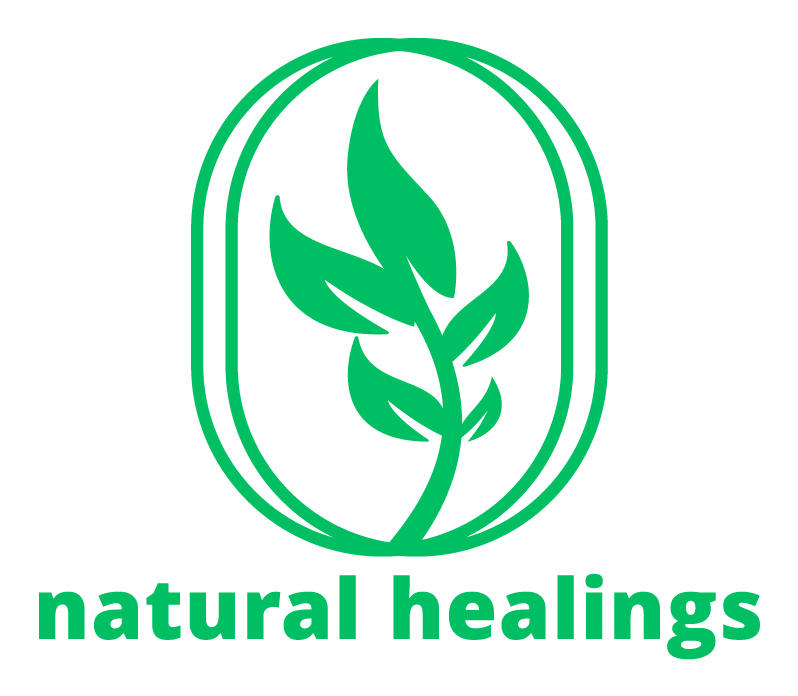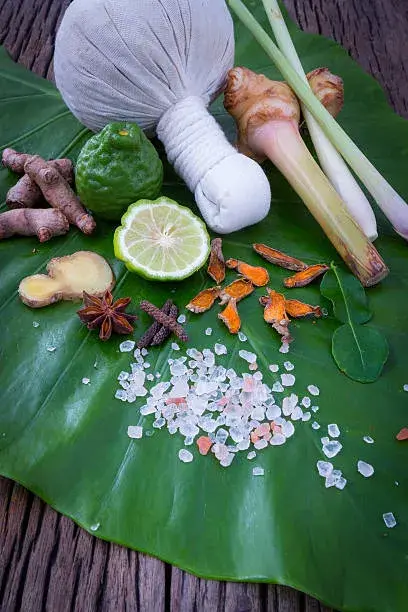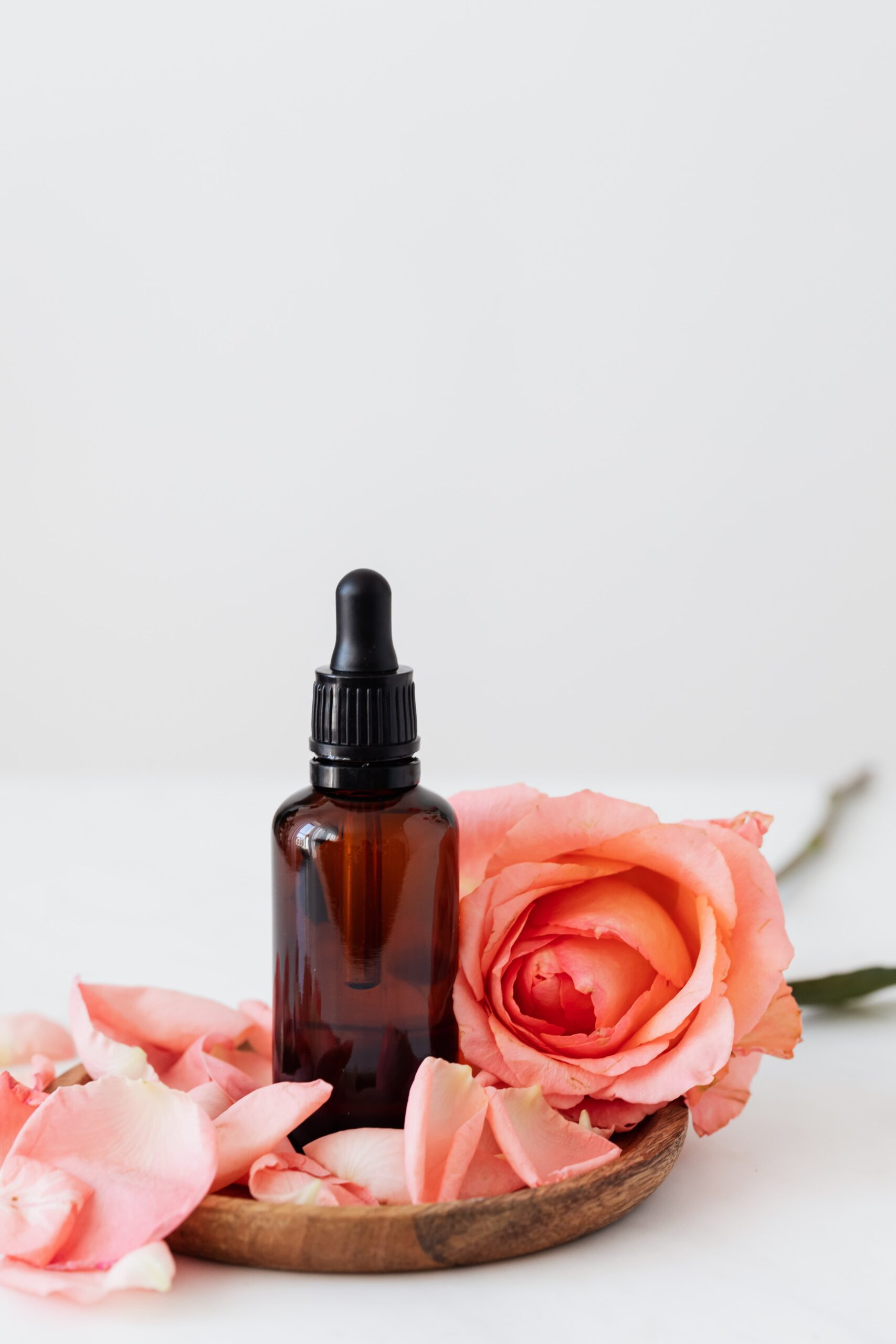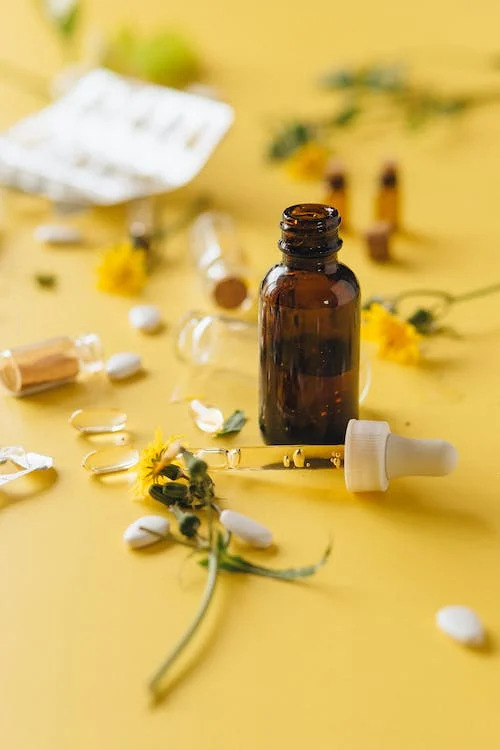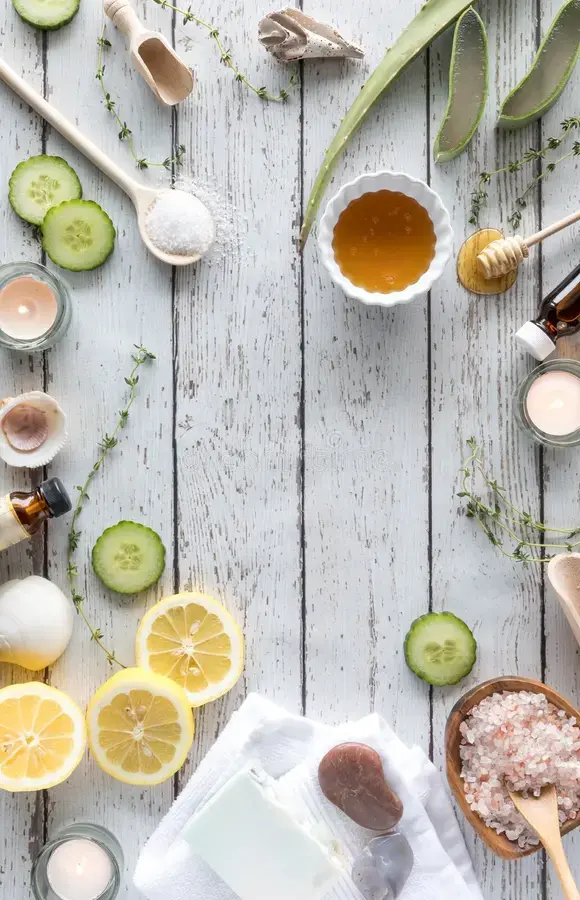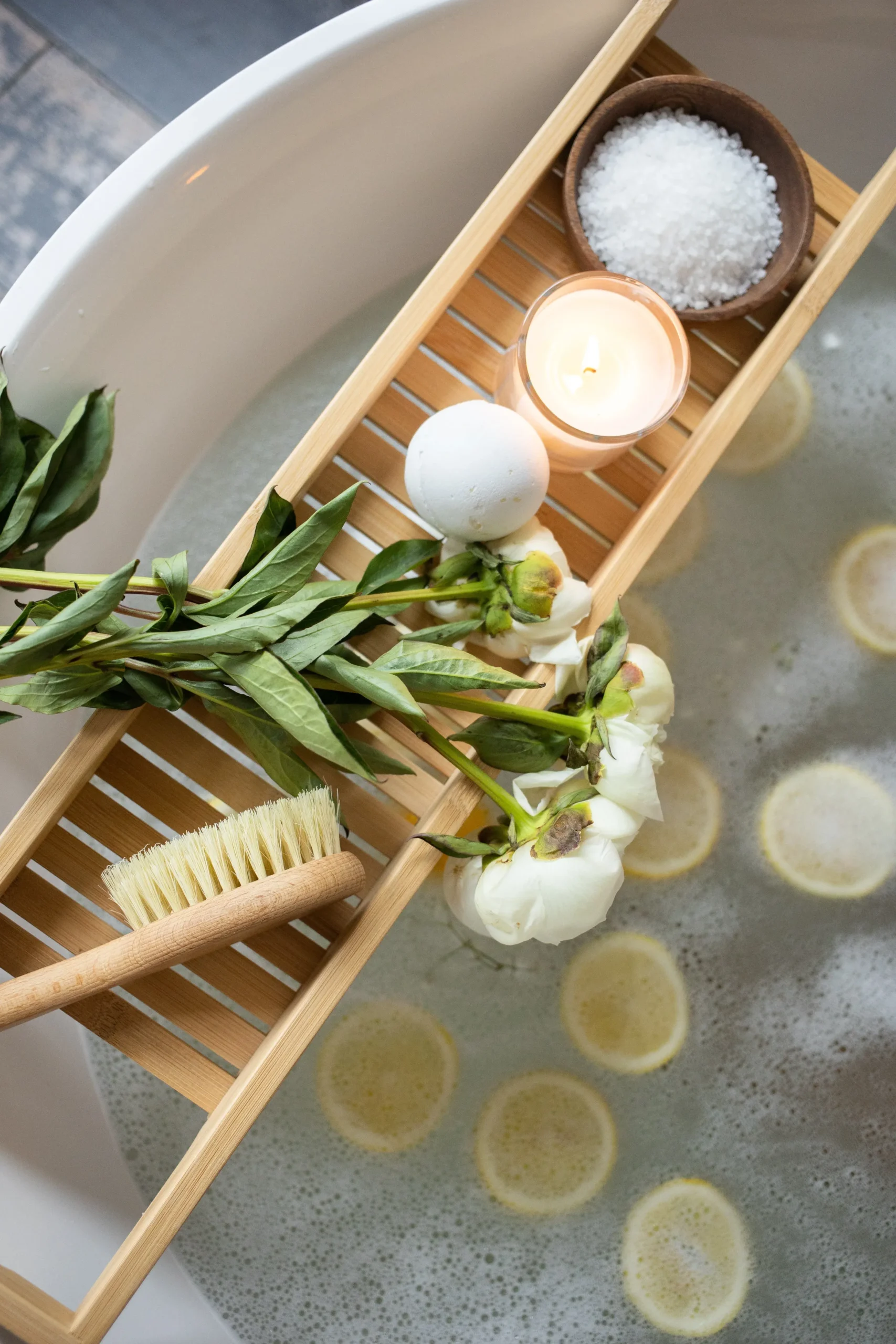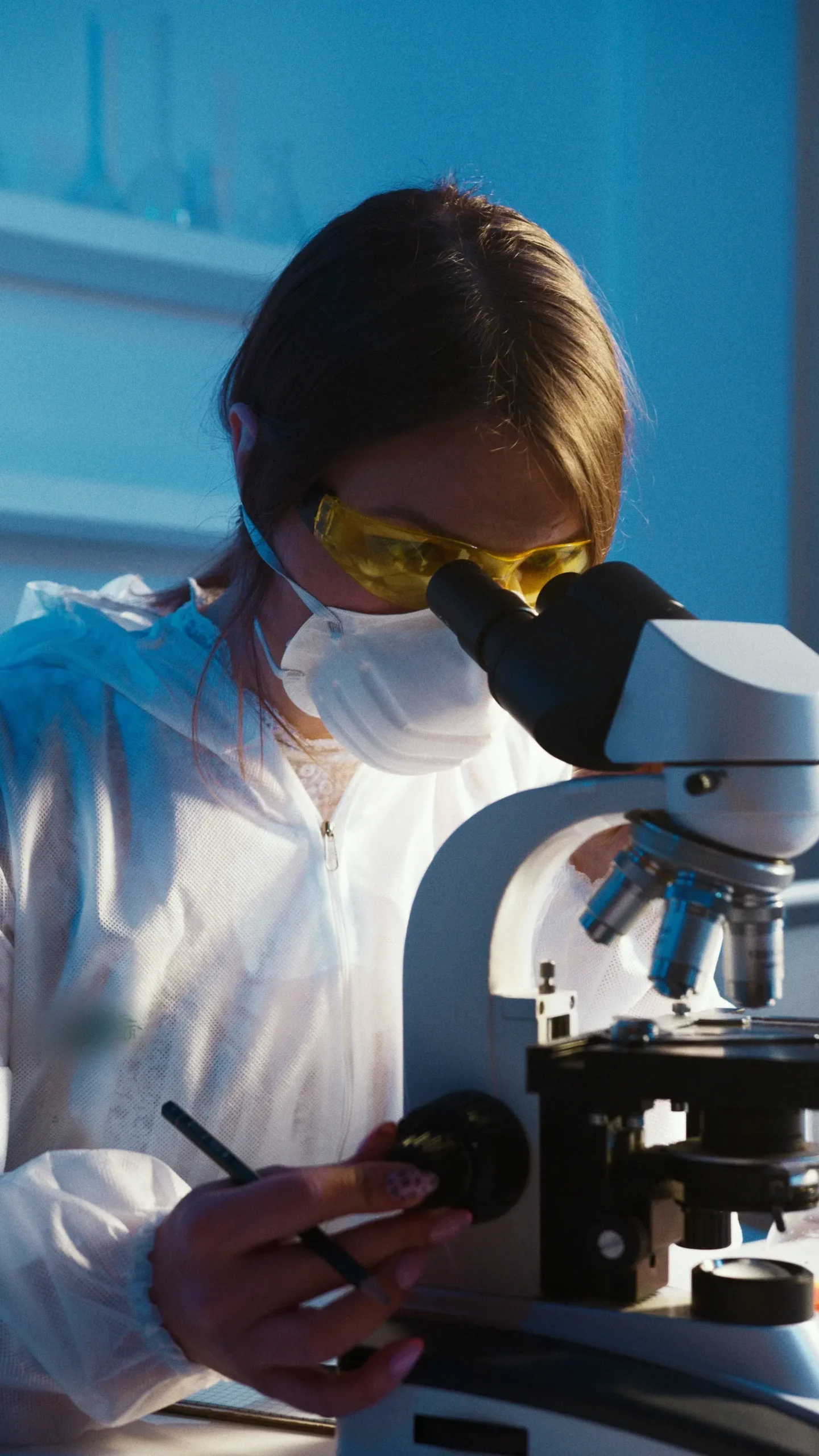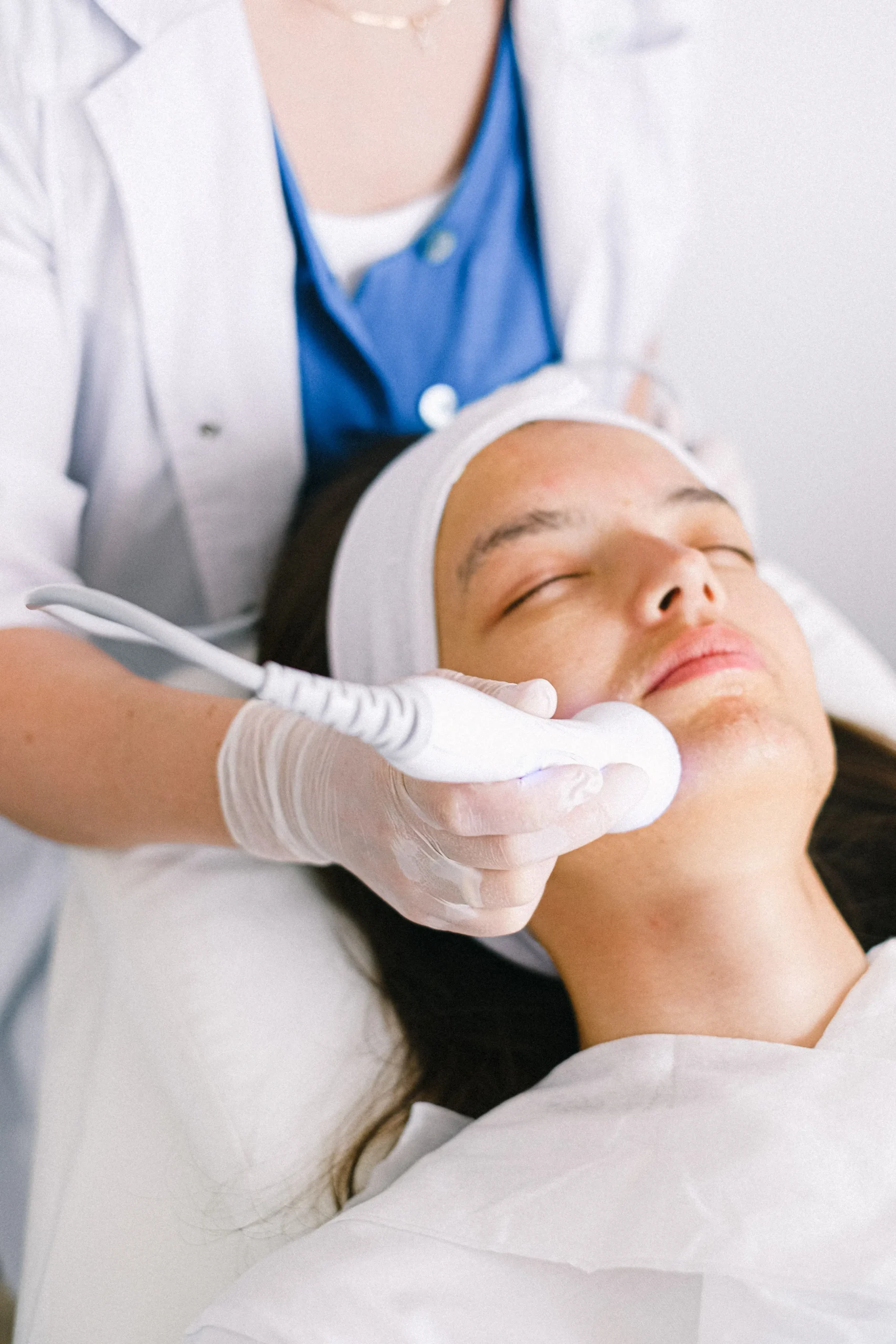Scar tissue forms as part of the body’s natural healing process after an injury, surgery, or inflammation. While external scars are visible, internal scar tissue (adhesions) can develop within muscles, organs, or connective tissues, sometimes leading to stiffness, pain, or restricted movement. Fortunately, several natural methods can support the healing of internal scar tissue, improving flexibility, reducing discomfort, and promoting overall well-being.
1. Understanding Internal Scar Tissue
Internal scar tissue is a fibrous tissue that replaces normal tissue after an injury. While it helps repair the body, excessive scar tissue can cause adhesions that may lead to pain and reduced mobility. Common causes of internal scarring include:
- Surgeries or Medical Procedures: Internal scarring often occurs after surgeries where incisions or interventions disrupt the normal structure of tissues. Over time, the body works to repair itself, but in some cases, excessive fibrous tissue can form, leading to discomfort and restricted movement.
- Inflammatory Conditions like Endometriosis or Fibroids: Chronic inflammation can contribute to the formation of scar tissue inside the body, particularly in conditions like endometriosis, where endometrial tissue grows outside the uterus, causing irritation, adhesions, and scarring.
- Muscle Tears or Sports Injuries: Athletes or individuals engaging in physical activities may experience muscle injuries, and as the body heals, it can sometimes create excess scar tissue in the affected area, leading to tightness or reduced flexibility.
- Chronic Inflammation or Infections: Prolonged inflammation can disrupt the body’s healing mechanisms, leading to increased scar tissue formation over time. Infections, particularly in organs, can also contribute to internal scarring as the immune system responds to the damage.
Healing internal scar tissue naturally involves reducing inflammation, improving circulation, and promoting collagen balance to ensure that the tissue heals effectively without excessive buildup.
2. Anti-Inflammatory Diet for Tissue Repair
A diet rich in anti-inflammatory and nutrient-dense foods supports tissue regeneration and reduces excessive scarring. Consider including the following foods in your daily meals to help promote healing:
a) Turmeric
- Turmeric is a powerful spice known for its high curcumin content, which possesses strong anti-inflammatory and antioxidant properties. Consuming turmeric regularly can help reduce oxidative stress and chronic inflammation, thereby aiding in the healing of internal scar tissue.
- The bioavailability of curcumin is enhanced when consumed with black pepper, as piperine, an active compound in black pepper, increases curcumin absorption significantly.
b) Omega-3 Fatty Acids
- Omega-3 fatty acids are essential for maintaining cellular health and reducing inflammation in the body. These healthy fats can be found in fatty fish like salmon, sardines, and mackerel, as well as in plant-based sources like flaxseeds, walnuts, chia seeds, and hemp seeds.
- Regular intake of omega-3s helps support tissue regeneration and may prevent excessive scar tissue buildup, keeping the affected area more flexible and functional.
c) Vitamin C-rich foods
- Vitamin C plays a crucial role in collagen production, which is essential for tissue repair and overall skin health. Collagen is a primary component of connective tissues, and consuming vitamin C-rich foods can promote the formation of healthy, flexible scar tissue.
- Include citrus fruits such as oranges, lemons, and grapefruits, as well as bell peppers, strawberries, and kiwi in your diet for optimal vitamin C intake.
d) Bone Broth & Collagen Supplements
- Bone broth is a nutrient-dense liquid rich in essential amino acids like glycine and proline, which are vital for tissue healing. Drinking bone broth regularly can support the body’s ability to repair and regenerate damaged tissue.
- Collagen supplements can also be beneficial, particularly for individuals recovering from surgeries or injuries, as they provide the necessary building blocks for healthy connective tissue formation.
e) Leafy Greens & Berries
- Leafy green vegetables like spinach, kale, and Swiss chard are rich in vitamins, minerals, and antioxidants that help reduce chronic inflammation and support tissue health.
- Berries, including blueberries, raspberries, and blackberries, contain polyphenols that protect cells from oxidative damage, further aiding the healing process.
3. Stay Hydrated for Better Healing
Water is essential for maintaining overall health and plays a significant role in the body’s ability to heal. Proper hydration ensures that nutrients reach damaged tissues efficiently while also flushing out toxins that may contribute to inflammation.
- Aim to drink at least 8-10 glasses of water daily to keep the body hydrated and support tissue repair.
- Incorporate hydrating foods such as cucumbers, watermelon, oranges, and herbal teas into your diet to further enhance hydration.
- Dehydration can slow down cellular regeneration, making it important to maintain fluid intake, especially during the recovery process.
4. Herbal Remedies for Scar Tissue Breakdown
Several herbs and natural supplements can help reduce scar tissue formation and enhance the body’s natural ability to repair itself:
a) Aloe Vera
Aloe vera is widely known for its soothing, healing, and anti-inflammatory properties. It contains compounds that help promote cell regeneration and reduce excessive scarring.
Consuming fresh aloe vera juice or applying aloe vera gel externally can support the healing of internal and external scar tissue.
b) Gotu Kola
Gotu kola is an herb commonly used in traditional medicine to improve circulation, enhance collagen production, and accelerate tissue repair.
Studies suggest that regular consumption of gotu kola supplements or tea can help reduce fibrous scar formation and improve skin elasticity.
c) Bromelain (From Pineapple)
Bromelain is a natural enzyme found in pineapple that helps break down excess scar tissue and supports healthy digestion.
It is particularly useful in reducing inflammation and preventing the formation of thickened scar tissue.
d) Castor Oil
Applying warm castor oil over affected areas can reduce stiffness, adhesions, and inflammation.
Castor oil works by improving blood circulation to the affected tissues, promoting detoxification and natural healing.
Conclusion
Healing internal scar tissue naturally is a gradual process that requires a combination of dietary changes, hydration, herbal remedies, and lifestyle adjustments. By incorporating anti-inflammatory foods, staying well-hydrated, and using natural healing methods such as gentle movement, massage therapy, and herbal supplements, you can support your body’s ability to repair damaged tissues effectively.
It’s essential to be patient, as scar tissue takes time to remodel and regain flexibility. Consistency in following a healthy lifestyle, engaging in light physical activity, and using natural therapies will help improve mobility and reduce discomfort associated with internal adhesions. If symptoms persist or worsen, consulting a healthcare professional is recommended to ensure proper management.
By taking a holistic approach, you can encourage better healing and overall well-being, allowing your body to recover in a natural and balanced way.
